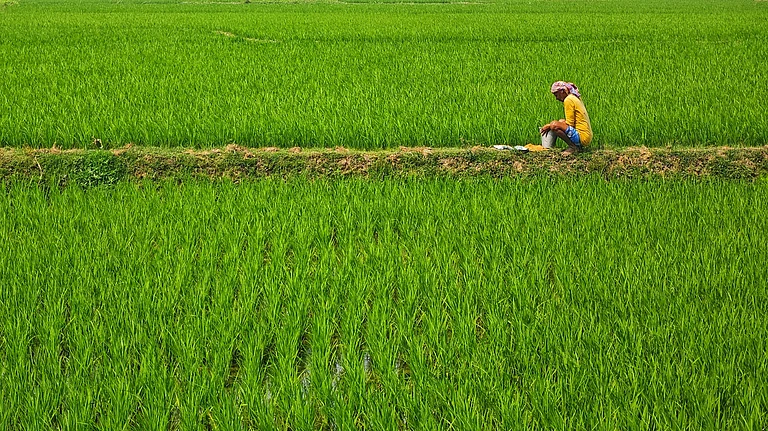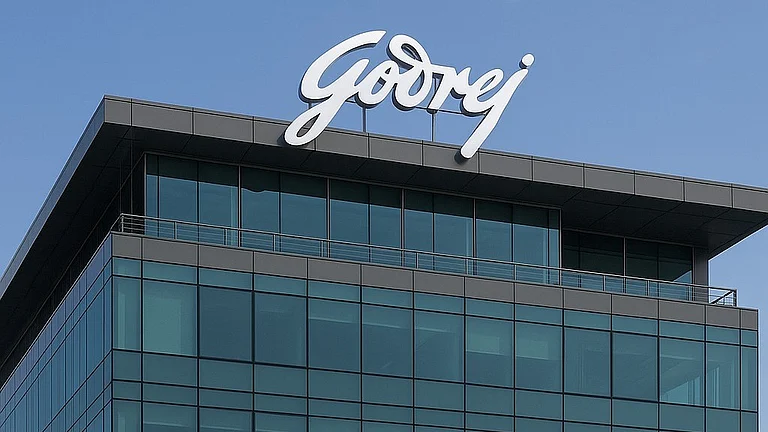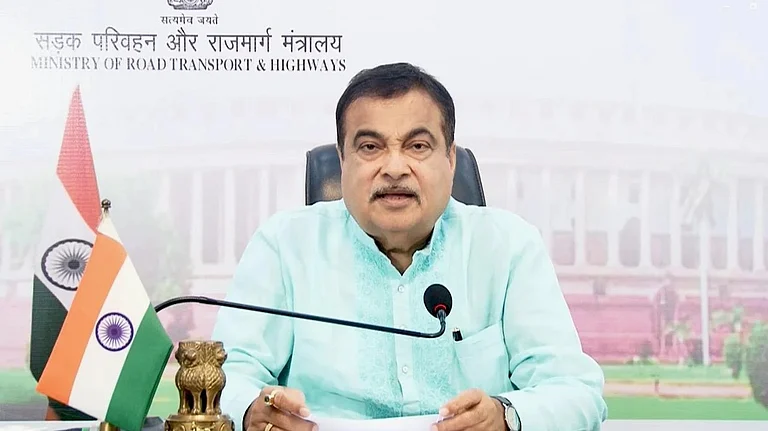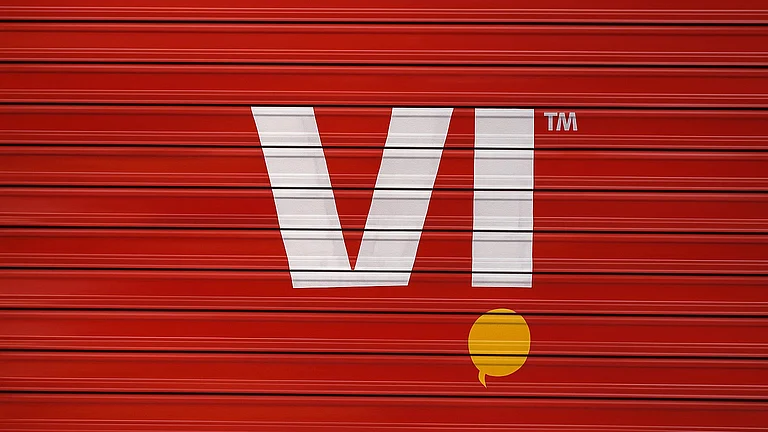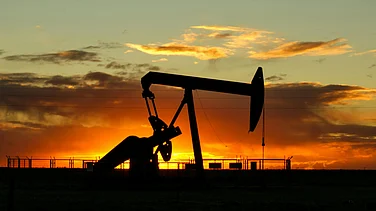US President Donald Trump's renewed deadline for "reciprocal tariffs" is set to take effect in just a fortnight—likely sending fresh ripples through already shaky global markets. An Indian delegation team landed in Washington on Monday, two weeks after a similar visit, to continue the negotiations on the first tranche of the Bilateral Trade Agreement (BTA) between the two countries.
So far, India is suspended in a curious middle ground. It is neither on the US' list of 'deal done' countries nor among the trade partners being targeted for not closing a deal.
This, despite both sides expressing confidence that India will be one of the first countries to wrap up an agreement ahead of July 8 deadline. Things even appeared to be taking a turn for good after US Vice President JD Vance visited India in the same month when tariffs were imposed by Trump.
Then what's holding up a deal? Much of the deadlock centres around India's tightly guarded agricultural and dairy sectors—areas that foreign partners have been pushing to access. But New Delhi has stood firm in its refusal to open them up.
What the US Wants
Washington has demanded that New Delhi liberalise access to its agri sector. It wants easier access for its farmers to the Indian market through duty cuts and permissions to sell genetically modified (GM) products in India. India's concern, apart from protecting the interest of its small farmers, is that it wants strict certification that ensures imported milk comes from cows that are not fed animal-based products like meat or blood. But the US sees dairy certificate requirements as "unnecessary trade barriers" for American exports.
Keeping its cultural and religious sensitivity in mind, India sees this as non-negotiable. "Imagine eating butter made from the milk of a cow that was fed meat and blood from another cow. India may never allow that," Ajay Srivastava of Global Trade Research Institute (GTRI), a New Delhi-based think tank, told news agency PTI earlier.
So far, Trump has slapped over two dozen countries with tariff letters. He has not even spared long-term, close trade partners like Japan, Canada and the European Union (EU). Some of the letters revealed that these tariffs are tied to geopolitical disagreements, too. For instance, imports from Brazil faced a steep tariff of 50%, despite the US enjoying a trade surplus of $7.4bn with Brasilia. Trump justified the move, citing “grave injustices”, including what he described as Brazil’s censorship of US social media platforms and attacks on democratic institutions.
Can India Afford to Loosen Grip?
The US remains India's largest export market. US total goods trade with India was an estimated $129.2bn in 2024. The US ran a trade deficit of $45.7bn during the same period, registering a 5.4% increase of $2.4bn over 2023. This makes India more vulnerable to face steep tariffs if a deal is not reached by August 1.
In such a circumstance, should India give ground on one of its most politically sensitive sectors?
India has been the number one milk producer since 1998, producing 25% of the world’s milk. The Centre for Monitoring Indian Economy (CMIE) data shows that from the early 1990s to 2023–24, India's total milk output has steadily increased, from just under 58mt in 1992–93 to over 220mn tonnes in recent years. Per capita availability, too, has seen a healthy rise, from below 200 grams per day to nearly 450 grams per day during the period.
According to a recent report by the State Bank of India (SBI), opening up the agri and dairy sectors to the US could incur significant costs to the livelihoods of Indian farmers.
The US dairy industry benefits from state subsidies, making its export prices highly competitive. In contrast, India’s domestic milk price currently stands at ₹50/litre, while US milk, post-subsidies and after adding transport and cold storage costs, would land at around ₹32/litre. This implies a potential price drop in Indian markets of 15–25%.
Consequently, such a price drop will pose a significant threat to Indian small farmers engaged in dairy production.

Income Loss and GVA Impact
"If we assume 15% drop in domestic milk price, then total revenue loss would be ₹1.8 lakh crore. Assuming farmers’ share as 60% and adjusting for the change in supply due to the price drop, the annual loss to farmers comes around ₹1.03 lakh crore," SBI noted.
After factoring in that farmers receive 60% of the total revenue, the direct impact of ₹1.8 lakh crore loss would be estimated at ₹1.08 lakh crore. Accounting for supply elasticity and reduction in domestic production, the SBI report estimates a net loss of ₹1.03 lakh crore annually to farmer's income.
Furthermore, the dairy sector accounts for 5–3% of India’s gross value added (GVA), amounting to ₹7.5–9 lakh crore. According to the public lender, the expected disruption could result in GVA loss of ₹0.51 lakh crore. This is roughly 50% of the estimated farmer income loss, taking into account factors like reduced input costs and unpaid labour. With the sector employing around 8 crore people, the knock-on impact on rural employment could be substantial.
Demand Supply Gap
On the flip side, SBI's estimation shows that a 15% fall in prices could spike dairy demand by 14.4mn, (given demand elasticity of -0.4 tonnes) and supply may drop by 10.8mt (assuming supply elasticity of 0.3).
Even as this shift will benefit consumers, it comes at a cost of reduced producer surplus. The initial equilibrium milk price in the domestic market is given as ₹50/litre and the equilibrium quantity comes at 240bn litres. Not all supplies will come to India due to capacity constraints and other issues. Even if the partial passthrough hovers around 40-70% in the initial years of post-trade liberalisation, the price could fall to ₹42.5/litre (at 15%), increasing consumption to 255bn litres but reducing domestic supply to 230bn litres. The shortfall of 25bn litres would be met through imports.
It means, while consumer surplus increases due to cheaper milk, producer surplus declines sharply, hurting millions of smallholders.
Silver Linings, Though Limited
The SBI report underscores export opportunities for India if it decides to lower agri and dairy trade barriers with the US. Currently, India exports less than $1bn worth of high-value agri-products like organic rice, spices, tea and cotton to the US, but this could potentially cross $3bn if sanitary and phytosanitary (SPS) restrictions are eased, the public lender noted. Processed foods, Ayush products and generic pharmaceuticals also stand to gain up to $1–2bn in value.
While the economic upside of broader agri-trade cooperation with the US exists, the human and systemic cost of liberalising dairy is also real and substantial. It has the potential to outweigh the gains unless carefully managed with safeguards, compensation, and long-term structural reforms.











